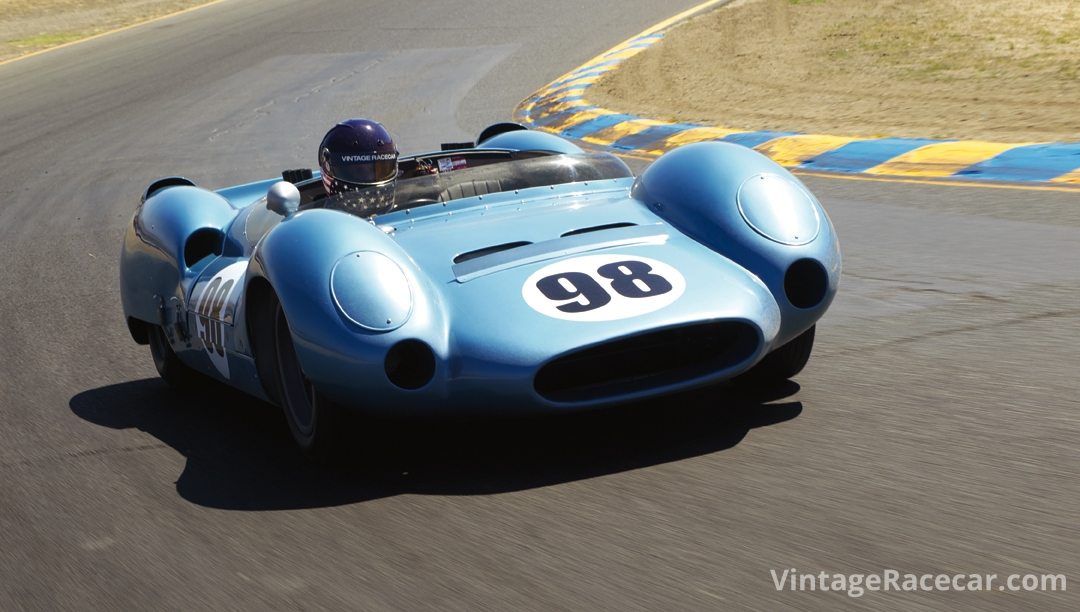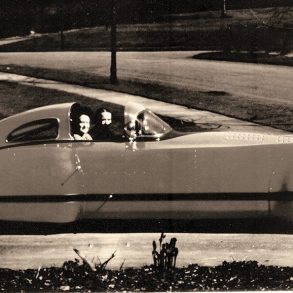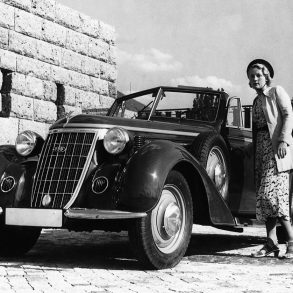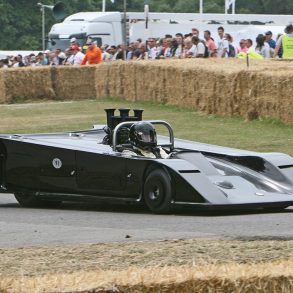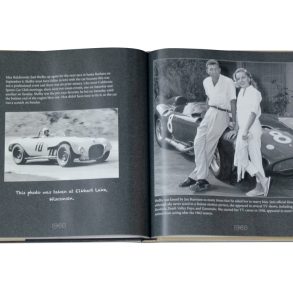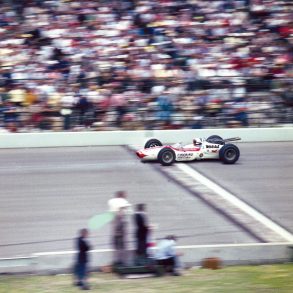I have to say, that when it comes to motorsport, my wife has been amazingly tolerant of my little affliction. She’s stood on the pregrid, in sweltering 115-degree desert heat. She’s held a flashlight for me in the below-freezing, December predawn light as I try to drain my racecar’s radiator before it freezes and bursts. She’s been dragged to innumerable amateur races, professional races, drag races, even a Monster truck pull. However, a few month’s ago I realized that there was one key piece of American motorsport tradition that she had not yet experienced.
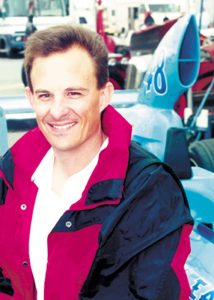
Editor
“You want us to go to a what?” she asked incredulously. A “Demolition Derby,” I responded, trying to make it sound on a par with a day at Ascot or center-court seats at the U.S. Open. “There’s going to be one at the county fair, if we go Saturday, instead of Sunday.”
Like the Indianapolis 500, the 24 Hours of Daytona or Pikes Peak, the Demolition Derby, held at county fairs all around the country, is an amazing piece of motorsport Americana. In case you haven’t experienced it, picture a dozen, big, bulky American machines stripped of their glass, tarted-up with the world’s most heinous spray-can paint jobs and turned loose in a dirt arena, with the intent of pulverizing each other until only one battered survivor remains running. Throw in a corn dog, a 45-ounce beer, a lot of tattoos and you’ve got the makings of pure motorsport magic—Alec Uhlman eat your heart out!
Surprisingly (or perhaps not!), the origins and history of the Demolition Derby is somewhat sketchy. Some sources credit stock car driver Larry Mendelsohn as the organizer of the first, true “Modern era” Demolition Derby, on Long Island, New York, in the late 1950s. However, there are tangential references to other “smash-up” events being held at places like Southern California’s Carroll Speedway in 1946. In either case, I’ve got to believe that there were earlier events, not only in the U.S., but also in Australia and the UK, which, like their American brethren, share a rich penchant for demolishing automobiles for spectator enjoyment. (Perhaps our erudite readers can enlighten us further on the age and origins of the Demolition Derby?)
And so it was, on a hot, summer afternoon that my wife, two daughters and our neighbor friends found ourselves packed like lemmings into the grandstands at the county fair. Cotton candy was distributed to the little ones, while my wife and her neighbor friend exchanged glances that said, “What have we gotten ourselves into now?”
First off, was a parade of the chariots that these noble gladiators would be riding. As the vehicles rumbled by, in single file, we each picked our favorites. While much of the field was made up of ’80s-era Chevrolet Monte Carlos and the like, I hung my hopes on the obvious class of the field, a ’70s-era Ford Country Squire station wagon. Now there’s a battle wagon—at least 3 tons of sheetmetal in the back to have to get through if you were going to do any damage to that bad boy. As an interesting side note, I did learn that across the last 50 years of Demolition Derby history, only one model of car has ever been banned from competition. That car being the late-’50s Chrysler Imperial, a car with such a winning track record in Demolition Derby that it was outlawed. Note to self, list of great competition machines outlawed by their sanctioning bodies: Chaparral 2J “sucker car,” Brabham BT46B “fancar” and the Chrysler Imperial.
So, with twelve of the mangiest looking American sedans imaginable lined up—tails toward each other, in two opposing rows—the audience began counting down…five, four, three, two, one!
With the cars accelerating toward each other backwards, it was only a mere second or two, before there was that first mighty “crunch” that instantly sends shivers down any self-respecting car-enthusiast’s spine. However, the instant it happened, someone to my left let out a howl of laughter so loud, my eyes were drawn away from the carnage to see who could possibly be enjoying this violent destruction so much? By now, of course, you’ve probably realized who that was…yep, my wife.
With every big crash, with every tooth-jarring collision, my wife would burst into paroxysms of laughter, the likes of which I haven’t heard since the night I proposed. As each car was successively eliminated—with the hiss of a ruptured radiator, or the graunch of a deranged driveline—my sweet wife seemed to derive evermore enjoyment from the carnage. After 30 minutes of this spectacle, the field looked like some apocalyptic scene from a “Mad Max” movie, with one sole, battered survivor still able to circulate under his own power.
As we joined the rest of the sweaty, amped-up throng of spectators exiting the arena, my wife looked over to me and said, “Honey, you should enter a car next year. That was great!” Perhaps, I’ve carried her motorsport education too far? Does anyone have a Country Squire station wagon they want to donate to the cause?


